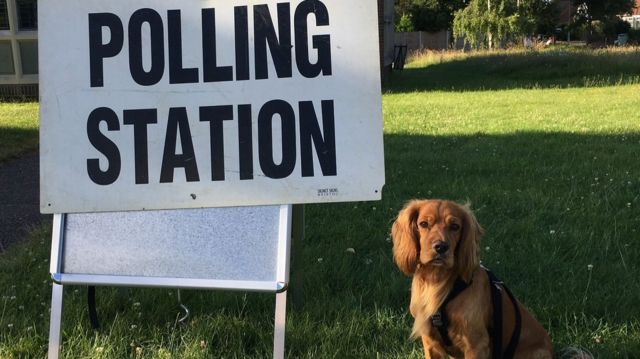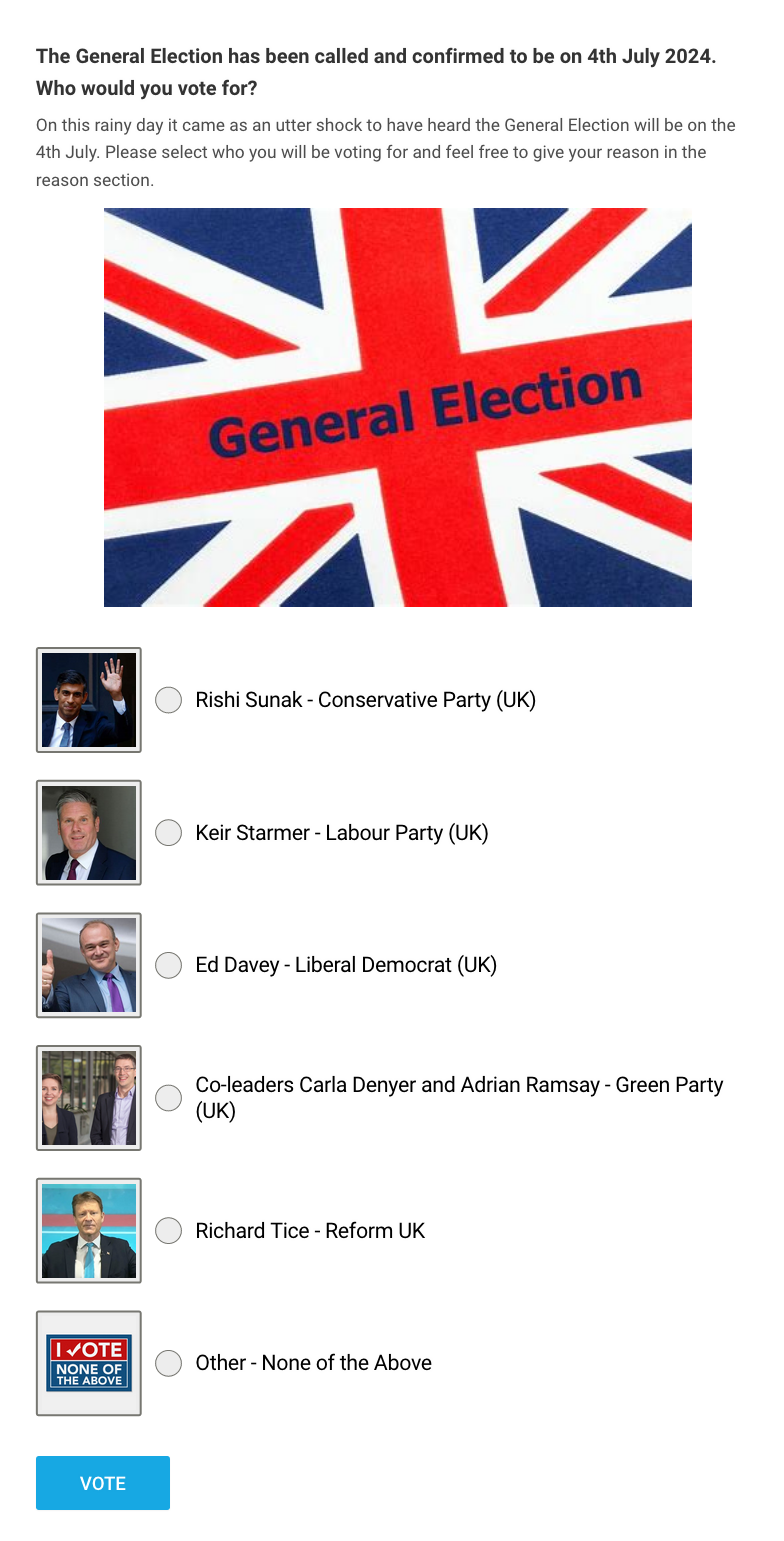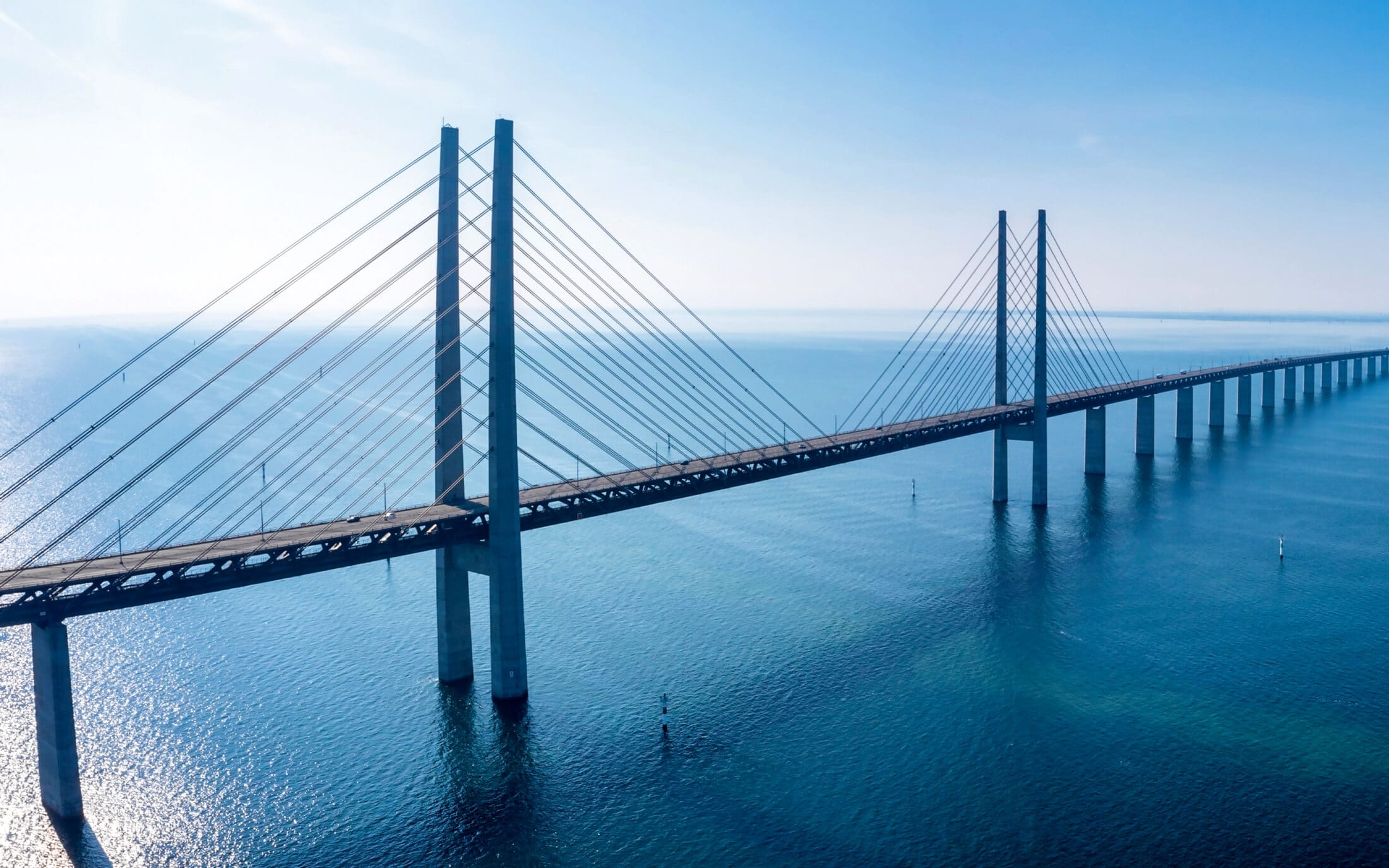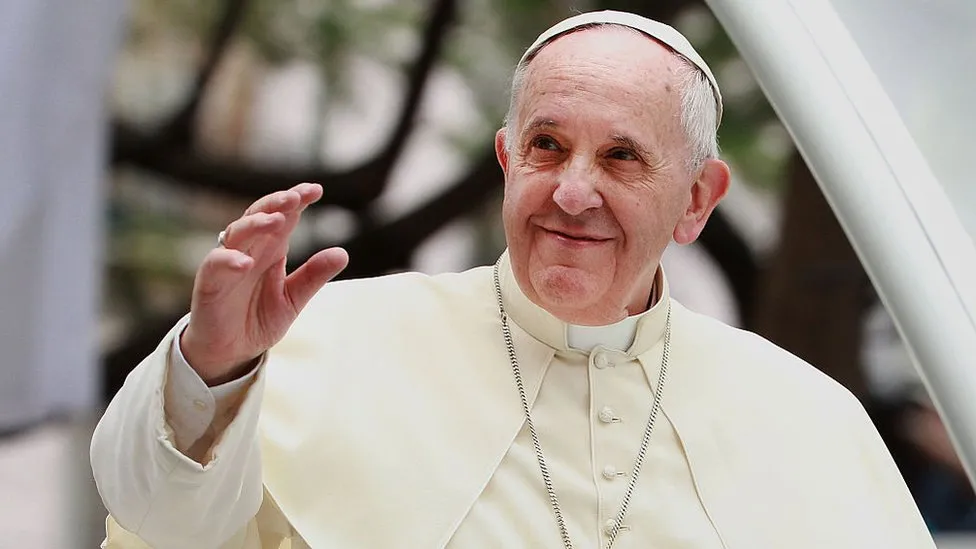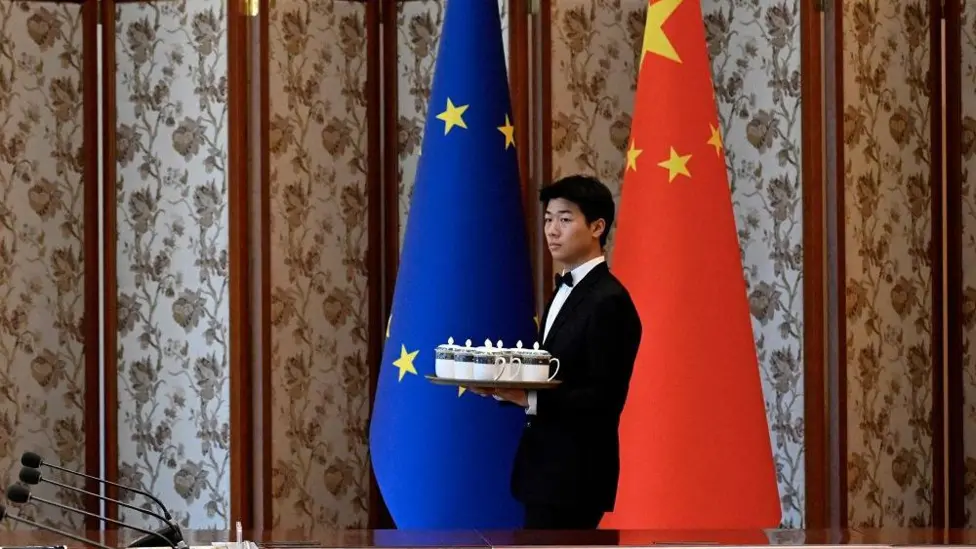Polling stations, set up in buildings such as local schools and community halls, are opened at 07:00 and close at 22:00 BST.
Around 46 million voters are eligible to elect 650 members of Parliament to the House of Commons.
The results for each area, or constituency, will be declared through the night and into Friday morning.
Political parties are looking to win more than half the seats, 326, in order to form a majority government.
Prime Minister Rishi Sunak cast his vote in North Yorkshire, while Labour leader Sir Keir Starmer voted in north London. The Liberal Democrats’ Sir Ed Davey visited a polling station in south-west London, and Green Party co-leader Carla Denyer voted in the west of England. Reform UK leader Nigel Farage voted by post. SNP leader John Swinney cast his ballot in Blairgowrie in central Scotland, while Plaid Cymru’s Rhun ap Iorweth cast his in north-west Wales.
The election, called by Mr Sunak in May, is taking place with new constituency boundaries following a scheduled review to take account of changes in population.
The new boundaries, based on voter registration figures, have seen England receive an additional 10 MPs, taking its total seats to 543.
The number of seats in Wales has dropped by eight to 32 seats, with the total for Scotland falling from 59 to 57. Northern Ireland stays the same with 18.
Anyone aged 18 or over can vote, as long as they are registered and a British citizen or qualifying citizen of the Commonwealth or Republic of Ireland. Registration closed on 18 June.
Following a legal change in 2022, an estimated two million British citizens who have been living abroad for more than 15 years were able to register to vote.
